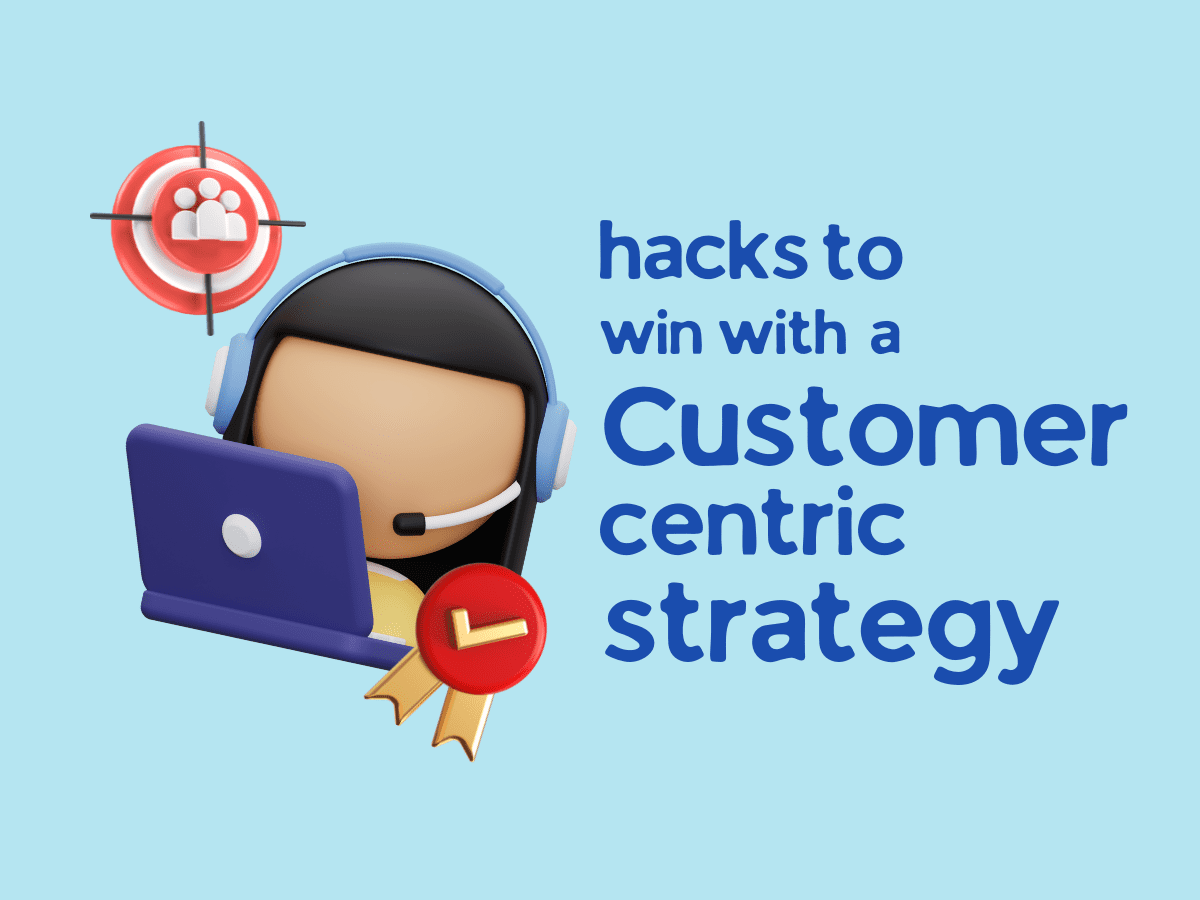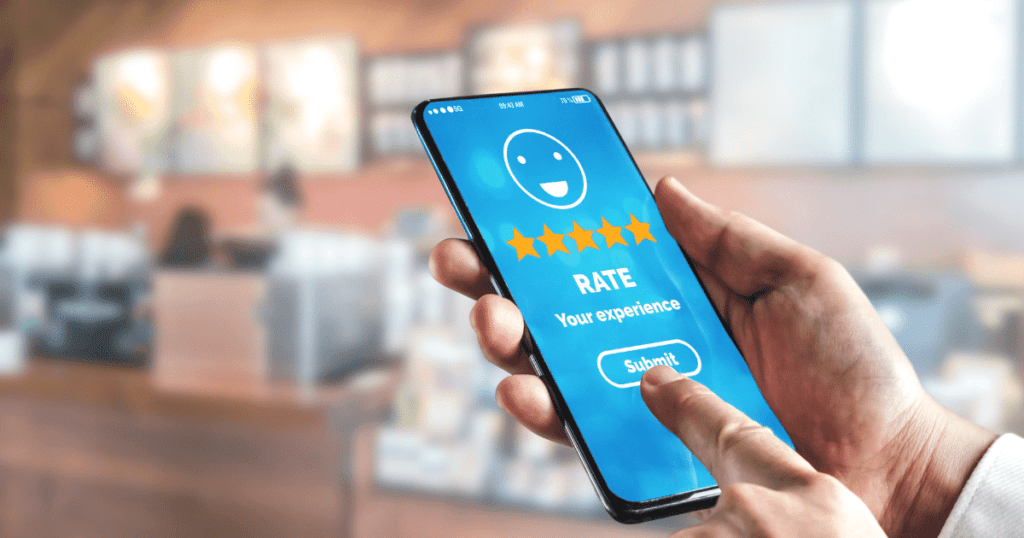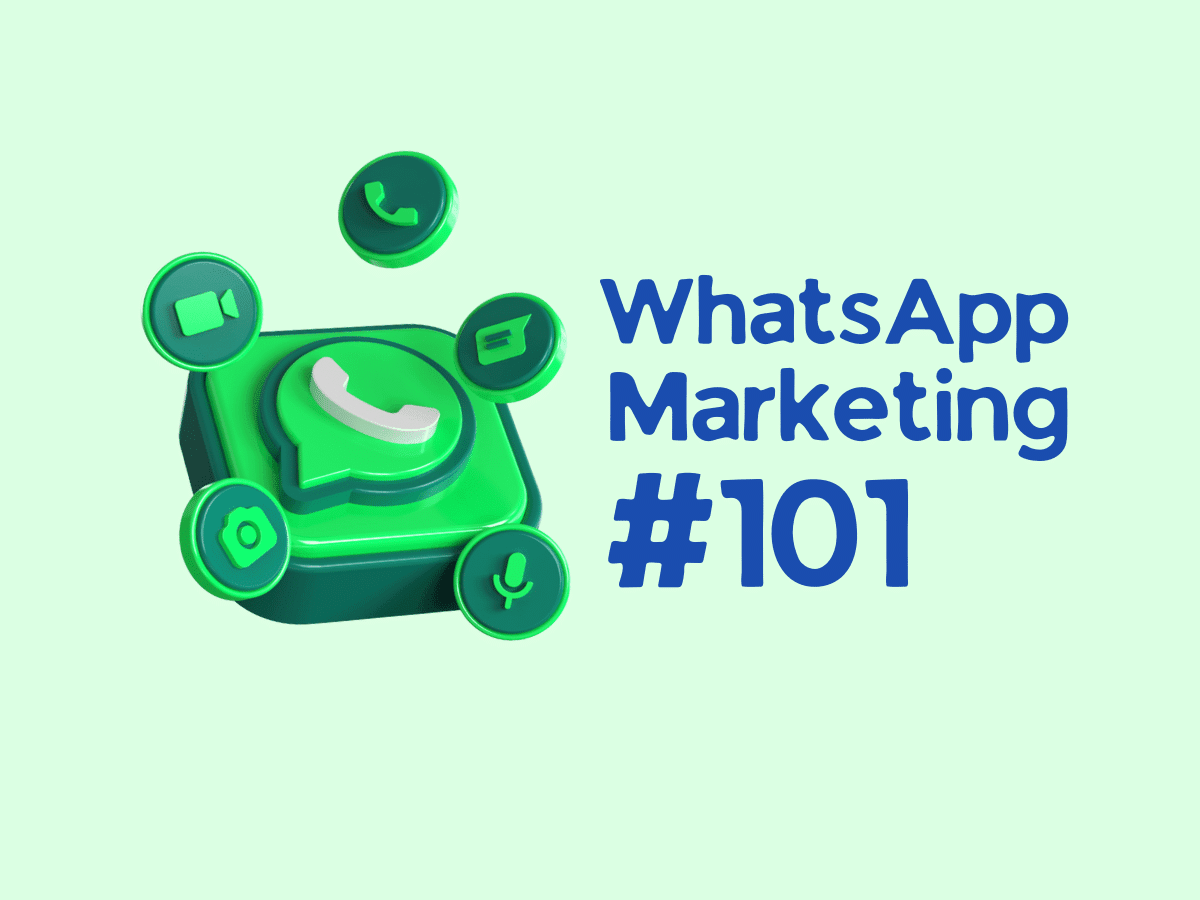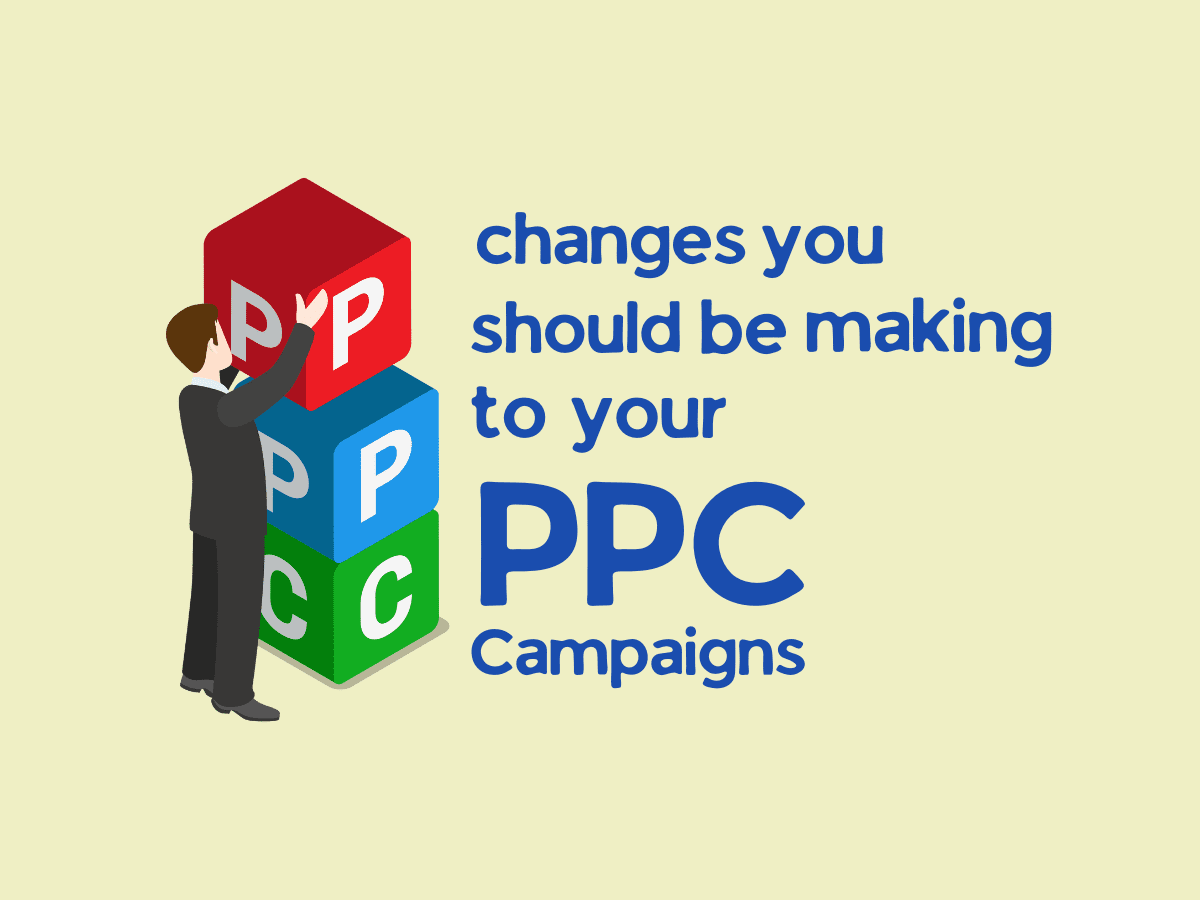While every website has its site-visit fluctuations, you might notice a sudden downward trend, these might be because of the experimental moves you’re taking but it could be a result of a lack of planning.
The first thing that you should do is to check if there’s some technical issue with your website or if it’s just an issue for your users. Power cuts in your targeted regions might be a possible reason for this. Any incident that affects your viewership might be a problem.
Once you’re sure it’s nothing from the above reasons, these should be your next steps. Loopholes in your marketing strategies could be potential reasons for this downfall, here are some elite strategies that you can use to get back in the game, these are in no specific chronological order.
Ad stop!
That’s right, these are times when your paid campaigns are overtaking your organic traffic. Your paid ads are having such rankings and significance to them that your organic rankings are just getting overshadowed.
The only way to know if this is true is to turn off ads that are performing well and see if your traffic goes back to normal. If this doesn’t help, make sure to turn on your ads back, you don’t want to lose valuable clicks in the meantime.
Have you been fined?
While you might not realize it, something on your page could have been tagged ‘fishy’ by Google. Google has a dedicated set of penalties for issues ranging from plagiarism sins to your content law violation crimes.
Though the possibilities of getting a penalty are pretty meager because it should be a regular practice for you to check plagiarism, if you do get penalized, you’ll see it in your Google search console notifications. Analyze your mistake and correct it to get your traffic rolling again.
Back to Backlinks
Backlinks are a key channel that streamlines traffic to your page. If the pages that have your link are losing traffic, then it’s obvious that even your page will lose it. It might as well be that the page that linked you, found someone else.
Whatever the case is, the scenario demands contact with the page that backlinked you. Ask if it’s just the usual traffic loss or if have they stopped linking your page due to lack of relevance. If the latter has started linking other pages, you must upgrade and find another firm to backlink you.
Link to external content.
That’s right, it isn’t necessary that something’s wrong with your existing content, it just might be the need for something new, keep evolving. If a site has an article about something related to what you’re trying to sell or promote, then link them instead of posting the same article on your own page.
You might think that you’re sending off your users, but you’re actually adding value to their intent, which later will be awarded loyalty.
To make sure this works well, try posting a tweet or sharing the post on another social media platform like LinkedIn and Facebook before publishing it on your own website. This way, people will see it first and know who wrote it—and if they like it, they might click through from there!
Are you the undisputed?
Don’t forget that you’re not the only marketer out there, there are thousands of marketers selling the same service in the same niche and so the competition is tough. So you’re probably losing traffic because you’re simply not ranking the same.
Your competitors might have a hold on better ranking keywords or just overall better responsive content. See where you’re lagging, don’t just blatantly copy them, but learn and implement ways to make your content relatable and competitive again.
Which page is it?
Which pages are hurting the most on your website if your traffic is dwindling? Your homepage, category pages, blog posts, or item pages might be a good place to start. You may be able to get some ideas as to why your traffic has declined and what you might need to do to improve it if you see a drop in blog posts.
You may have to concentrate more on content creation or otherwise promote your category and item pages through your other digital marketing efforts if you see a drop in traffic. A decrease in traffic to category or item pages might be due to SEO issues or user experience problems, particularly if you have recently made some changes.

Update your old content
Statistics: It might as well be the case that your content has just been outdated. It’s no more relevant to the new user intent or maybe your stats are stale. Rankings, charts, or any other kind of statistics change with time, it doesn’t mean that you have to upgrade them every day, but at least regulate them once in a while.
Make it more relevant: If you’re still using the same old design and text in your blog, there’s no way anyone will want to read it! Updates like re-designing the entire site or adding new sections are great ways of making sure that people who visit your site will know exactly what they’re looking for and find it useful when they get there. Remember, you just have to update them while preserving your brand identity.
Answer box trap
This user-friendly feature by Google isn’t so ‘friendly’ to marketers, these are simple answers to user queries that are visible without the need to open up a website. Google smartly picks up the page with the simplest yet the most satisfying explanation of the query.
If you find yourself stuck in the answer box trap, simply edit that part of the content into a longer, more detailed statement, so that it’s partially visible on the answer box and makes the user open up your page. Don’t worry, this won’t be called a trap to the user, you’re just claiming what you deserve!
How’s the ambiance?
After all the boxes are checked and you still can’t figure out what’s wrong with your content, well then it might be your easy-kill enemy, UX. Check if your website has lost its beauty, it might be your out-of-fashion user interface.
Constant updates to the graphics, navigation and overall user experience of your website are essential, keep updates rolling. Better navigation and stack updates make your site faster, and you already know the ups of having a faster website—you’re simply ahead of 2/3rd of the competition.
Conclusion
Now that you know how to bring back traffic to your site, it’s time to get started! Make sure you have your plan in place and follow up with the steps outlined above. Remember: there is no one-size-fits-all solution—each tactic will work differently depending on what kind of site you have, what content is already on there, and other factors. If at any point during this process things start going wrong or don’t seem right for your business, don’t hesitate to make adjustments until things look right again.
If you liked this article, you might like the others on our page, be sure to check them out. For any questions, drop them down below in the comments, or just find us on social media.




















